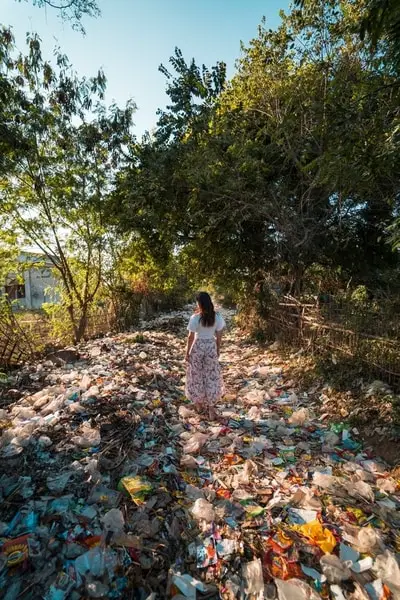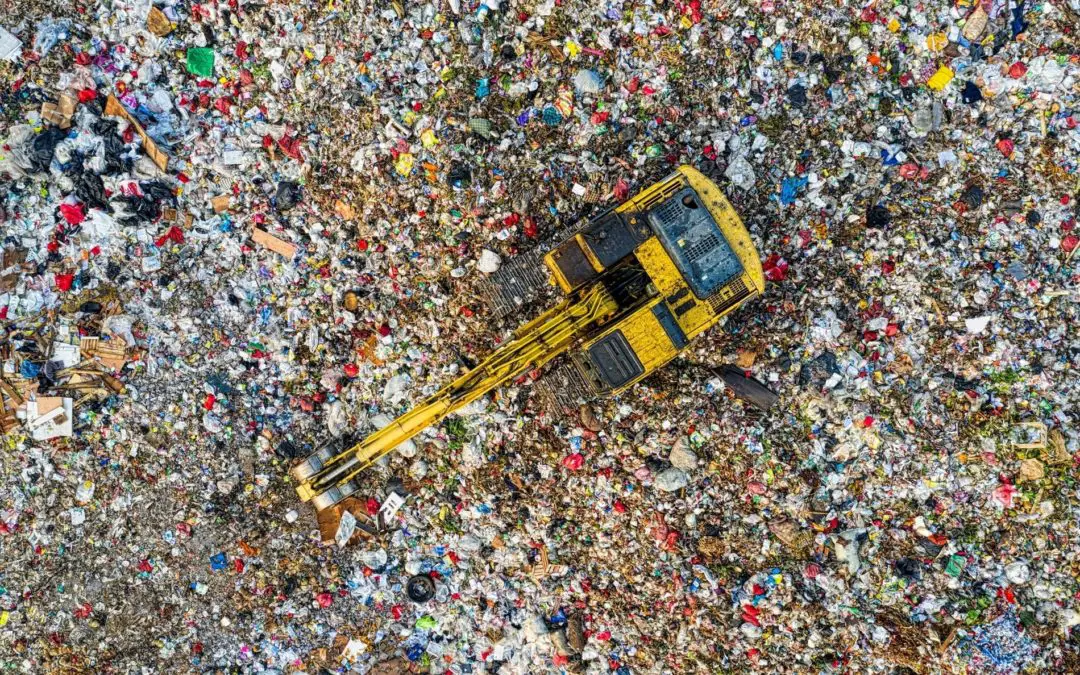Composting should be covered to retain moisture and keep in heat. Heat and moisture speed the reproduction of microorganisms which breaks down the organic matter faster. Too much water can create anaerobic conditions which slows composting. Covering prevents this by keeping rain water from over-saturating your compost. Compost can be covered with whatever you have on-hand: tarps, plywood, vapour barrier, a structure, or a dedicated compost container. Covering can be particularly beneficial in the winter when temperatures drop.
What is Composting?
A simple way to put it is, composting is recycling of food, yard waste, and other organic materials into compost. This is done by microscopic organisms which essentially eat your left-over food and yard waste leaving you with a rich source of natural fertilizer. Sounds like a good deal? It is. Compost is an ideal source of nutrients for plants of all kinds.
How do I get started?
 In order to compost, all you need is the right container, and the right organic material. While it’s possible to use something as simple as a pile of leaves, or a hole in the ground, there are a few other things to consider.
In order to compost, all you need is the right container, and the right organic material. While it’s possible to use something as simple as a pile of leaves, or a hole in the ground, there are a few other things to consider.
The micro-organisms that do the dirty work need a couple things in order to function properly. They need a good balance of air and moisture. This means an ideal composting container will be one with some drainage, and some vents to let air in and out.
If possible, locate your compost in the sun. The increased heat will speed up the micro-organisms, and you’ll end up with more compost, in less time.
Where can I get a composter?
A great option if you’re looking for something custom to fit your yard, or if you’re the DIY weekend-warrior type: is to build your own. All it takes is a little lumber, and a couple hours, and you’re composting. Click here for some DIY ideas.
Some cities will have composter programs. They may have compost bins available for city residents to buy, or some cities may give you one for free. It’s worth making a quick phone call to your city services switchboard.
As a last resort, you can always pay to have one built for you.
What can I compost?
 Generally: any plant material, here are some commonly
Generally: any plant material, here are some commonly
- grass clippings & plant trimmings
- fallen leaves
- coffee and paper coffee filters
- tea bags
- fruit and vegetable peels
- egg shells
- table scraps
- woody plants and brush (cut into smaller pieces)
- charcoal from a fireplace or firepit
- fallen leaves
- weeds from the garden
What shouldn’t I compost?
Generally, anything really hard, anything oily/greasy, or anything plastic. This includes bones, gravel, meat, salad dressing, you get the picture. Oily foods tend to compound the odor of the compost, and attract unwanted attention from animals. Hard materials like bone and gravel won’t break down fast enough.
Commercial composting systems can handle a wider range of inputs, including animal products and fats.

Pictured above is a mixture of scrap metal, construction debris, and other materials. While these will eventually break down into soil, the timeline is far too long. Unless you have a few hundred years until you need your compost, it’s better to limit it to organic materials.
How do I maintain my compost?
Every couple of weeks turn your compost with a specially designed tool called a compost aerator – a pitch fork or shovel will work in a pinch. This evens out the texture of the compost and helps spread the moisture and micro-organisms evenly. While you’re turning your pile add some water from the hose or your rain-barrel. This promotes microbial activity.
When is compost ready?
Composting material generates heat due to microbial action. When the compost is cool on the inside, and has a dark earthy smell and color, it’s ready. Go ahead and use it around your yard and garden – and give yourself a pat on the back for doing your part to lower municipal waste.

I’m Alex Lafreniere. I learned a lot about plants when I built and operated a landscaping company. But, there’s always more to learn. Ever since travelling across the world, I’ve wanted to find ways to bring more tropical and exotic plants into my life. This is the site where I share everything I’ve learned with you.
This site is owned and operated by Plant Hardware, a sole proprietor headquartered in Calgary, Canada. Plant Hardware is a participant in the Amazon Services LLC Associates Program, an affiliate advertising program designed to provide a means for sites to earn advertising fees by advertising and linking to Amazon.com.Plant Hardware may also participate in affiliate programs with Bluehost, Clickbank, CJ, ShareASale, and other sites. Plant Hardware is compensated for referring traffic and business to these companies.

